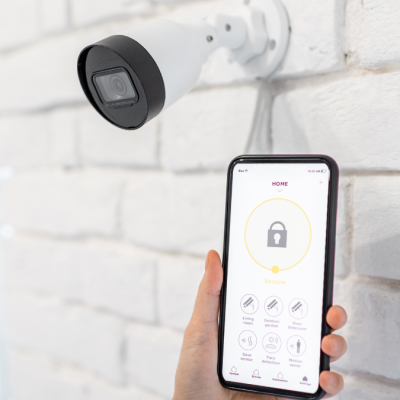In today’s fast-paced business landscape, the changing world of information technology requires constant innovation and flexibility. Mobile device management software, used to coordinate devices spread across different locations, is experiencing significant transformations. To navigate the intricacies of IT environments, organizations must anticipate and incorporate emerging trends in mobile device management software. In this in-depth exploration, we will explore the nuances of these trends and uncover strategies to future-proof IT against advancements.

Integrating the IoT:
The widespread adoption of the Internet of Things (IoT) has revolutionized how businesses function, emphasizing the importance of integration with existing infrastructures. Advanced mdm software is expected not only to support a range of IoT devices but also to offer a unified platform for their management. Whether it involves sensors, industrial equipment, or wearable gadgets, a robust device management solution ensures compatibility, security, and effective control over these interconnected elements.
Adopting Zero Trust Security Models:
The increasing complexity of cyber threats demands a shift in security approaches. Embracing Zero Trust principles in mobile device management software is now essential as organizations strive to enhance their security posture.
This strategy operates under the assumption that no device, user, or network can be trusted, inherently necessitating verification and validation. By enforcing identity authentication, continuous surveillance, and adaptive access restrictions, companies can strengthen their defences against changing cyber threats to ensure the robustness of their IT infrastructure.
The Impact of Artificial Intelligence (AI) and Machine Learning (ML):
The revolutionary potential of Artificial Intelligence (AI) and Machine Learning (ML) is reshaping how device management is approached. These innovations empower software to analyze data, anticipate issues, and automate everyday tasks. Predictive analytics improves the effectiveness of device management by recognizing trends and irregularities, thus facilitating issue resolution. Furthermore, automation alleviates the workload on IT teams and enables them to concentrate on endeavors rather than routine operational duties.
Embracing Unified Endpoint Management (UEM):
The conventional segregated method of handling endpoints is making room for Unified Endpoint Management (UEM). This comprehensive approach streamlines the application manager services administration of smartphones, tablets, laptops, and IoT devices into a platform. UEM simplifies management processes, strengthens security by enforcing policies, and enhances user satisfaction. With the increasing proliferation of devices in organizations, UEM emerges as a crucial element in safeguarding device management.
Cloud Solutions:
Modern IT infrastructure relies heavily on cloud computing – and managing devices is no different. Cloud-based solutions provide scalability, flexibility, and accessibility, enabling IT teams to oversee devices from with an internet connection. Utilizing the cloud simplifies device management processes and facilitates the integration of updates, which allows organizations to adjust their remote device management system capabilities as needed.
Edge Computing:
The emergence of edge computing, which involves processing data closer to its origin point, is reshaping device management approaches. Device management software is evolving to support edge computing environments for data processing, reduced delays, and enhanced performance. This shift is especially significant for applications that require responses, making it a key element in preparing device management strategies for an edge computing era.
In the realm of technology advancements, safeguarding IT for the future requires planning and an openness to adopting new trends in mobile device management software. By integrating functionalities, implementing security measures such as zero trust models, harnessing AI and ML capabilities, employing unified endpoint device management tools, leveraging cloud solutions efficiently, and extending support for edge computing technologies, organizations can reinforce their IT infrastructure against upcoming challenges.
For companies looking to stay in the fast lane in the competitive field of IT, keeping up to date and taking steps to embrace these trends is essential.






